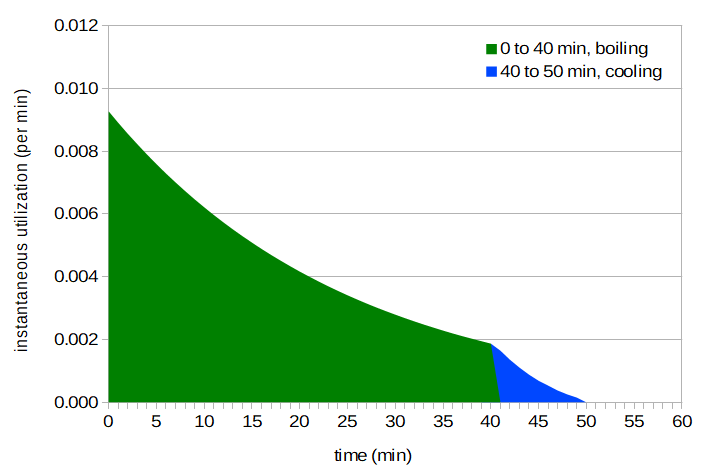
Using first wort hopping instead of a traditional boil addition can give a smoother bitterness and more hop flavor.

That’s a big problem since the way you get more of a hoppy character is to add more hops. Hopping methods should be selected that avoid deriving too much bitterness from the hops while maximizing the extraction and preservation of positive hop oils. Hop descriptors aren’t standardized, so you may wish to try small batch experiments before relying too heavily on expensive, untried varieties. To get the tropical fruit character, you’ll have to use modern hop varieties such as Citra®, Mosaic®, GalaxyTM, Azacca®, El Dorado, or newer experimental varieties that may only be known by a number. This beer style is hop-driven, but the choice of specific hop varieties and methods used to extract their best qualities is paramount to the success of the recipe. A high final gravity is not appropriate for the style as this would negatively impact drinkability. However, the mouthfeel is more from dextrins than sugars. The high ester level may increase the perception of sweetness, as can the smooth body, soft finish, and lack of harshness. While the beer is very fruity, it shouldn’t be sugary sweet and heavy from unfermented sugars. Some of the stronger versions may have a light alcohol character, but as with other IPAs, this shouldn’t be a hot or burning sensation. The body helps mask some of the bitterness and support the late hop character. The finish is soft, and there is rarely a minerally dryness or bite. The bitterness is generally smooth and clean in character. The apparent bitterness level for this style is generally less than traditional IPAs, often at the moderate level. A light toasty, honey-like, or biscuity malt flavor can sometimes be found, but the malt should not interfere with the appreciation of the hops. Caramel is not typically found, particularly the darker caramel flavors. The malt profile is relatively neutral, with grainy or bready flavors commonplace. Excessively resiny, piney, dank, herbaceous, or grassy characteristics are not typically found. The hop varieties used are commonly associated with ripe or overripe tropical fruit (mango, passionfruit, guava, pineapple, papaya, etc.), but can also have some stone fruit (apricot, peach) or citrus (orange, tangerine) character. The aroma and flavor should be dominated by hops, which are quite intense and fresh. A dense, white, rocky, persistent head is common as well. The opacity of the haze can make the color appear slightly darker than it is. The color is fairly pale (straw to golden), but some examples can have an orange hue. The beer should not look like a yeast starter or a protein shake. Not cloudy, murky, turbid, milky, or otherwise thick-looking with large suspended particles just a somewhat opaque, shiny, light-reflecting haze. The first thing you will notice looking at an example of this style is that the beer is quite hazy. I can think of several meanings, including “like juice,” “mouth-watering,” or “wet,” but I think the implication is the sensory equivalent of eating ripe or over-ripe fruit, especially tropical fruit. The most common word used in beer enthusiast forums for this style seems to be “juicy,” which can be somewhat misleading. They generally follow the IPA and Double IPA styles for alcohol level, but some standard-strength versions exist (although they may be labeled as New England pale ales). Heady Topper is the best known example (and probably the original), but other good examples include Tree House Julius, Trillium Congress Street, Hill Farmstead Susan, and Tired Hands Alien Church. For those who haven’t tried one of these, a New England IPA is basically an American IPA that features an intense, mostly tropical fruit, hop aroma and flavor, is heavily dry hopped to the point of being hazy, and that has a fuller body, smoother flavor, and less perceived bitterness than other popular IPA examples.Ĭommercial examples are expensive and don’t travel well, so they can be hard to find outside of New England. While it still seems like the style is evolving, it has become popular enough that there is demand for a competition reference. The 21B Specialty IPA style was created to house these new styles, but to be judged consistently a style description is in the works. At the time the style guide was being revised we definitely foresaw continued experimentation and variations of IPAs. The New England IPA style showed up on the national beer consumer radar around 2011 when The Alchemist began canning Heady Topper, but it wasn’t until after the 2015 Beer Judge Certification Program (BJCP) Style Guidelines were released that the style really exploded (at least, outside of New England) and became one of the most sought after styles.


 0 kommentar(er)
0 kommentar(er)
